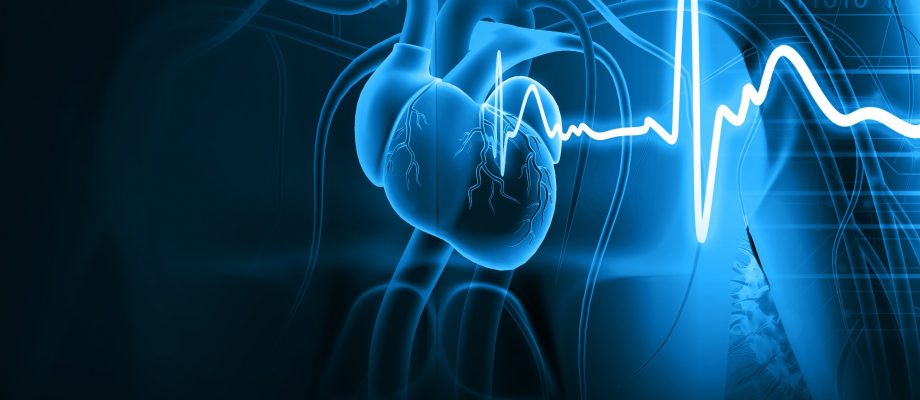DOCTORAL THESIS. Hospital inpatients have better prospects of surviving a cardiac arrest in large hospitals and well-resourced wards, and daytime cardiac arrests are also associated with better chances of survival, a University of Gothenburg thesis shows.
Cardiac arrest means that the heart stops pumping blood. Within seconds, unconsciousness occurs; within minutes, brain cells start dying, causing irreparable damage.
The key to enhancing the patients’ chances of survival is restoring the circulation of oxygenated blood in the body. This is done by performing chest compressions and blowing air into the lungs — cardiopulmonary resuscitation (CPR) — and using a defibrillator to administer an electric shock.
In Sweden, an estimated 10,000 people annually suffer from cardiac arrest where CPR is initiated. A third of these patients are in hospitals at the time and two-thirds elsewhere. The present thesis examines survival rates associated with numerous factors.
Lower survival rate with fewer resources

Photo: Elin Lindström
“We know that age and co-morbidities affect survival outcomes. But there isn’t much health care can do about what we call ‘nonmodifiable’ factors. It’s important to understand their bearing on the prognosis, but they don’t always change how the patient is managed,” says Fredrik Hessulf, doctoral student at Sahlgrenska Academy, University of Gothenburg, and specialist anesthesia and intensive care physician at Sahlgrenska University Hospital Mölndal.
The thesis shows that the survival rate in Sweden is relatively high, around 30 percent among the hospital inpatients suffering cardiac arrest, and most survivors are alive one year later. Adherence to the CPR guidelines is also good. In some 70–80 percent of cases occurring in hospital, CPR is initiated within one minute of confirmed cardiac arrest and, where necessary, defibrillation is begun within three minutes.
Previous studies in this area confirm that in the event of in-hospital cardiac arrest, survival is lower in the evening and at night than in the daytime. The thesis also shows a proportionally lower survival rate in less well-resourced wards and relatively small hospitals (with fewer than 100 beds) than in major ones (with 400 beds or more). A similar survival shortfall is seen in nonuniversity hospitals compared with university hospitals.
High proportion with cardiovascular disease
“Our theory is that these differences are due to disparities, above all in resource distribution and to some extent in expertise. Smaller hospitals have fewer resources and the expertise gap between day and night is greater there than in big hospitals, where several parallel emergency phone lines staffed by specialists are in round-the-clock operation. In small hospitals, it’s not unusual for relatively inexperienced medical staff to be expected to assume huge responsibility with phone backup,” Hessulf says.
In working on his thesis, Hessulf has also been involved in creating a model for predicting survival in people who undergo a cardiac arrest in environments other than hospitals, the intention being to provide support for decisions in health care. Further, he has studied the incidence of cardiovascular disease, such as hypertension (high blood pressure) and heart failure, in individuals who suffer cardiac arrest in out-of-hospital settings.
“As expected, cardiovascular morbidity was high in this category. Almost 60 percent of those who suffered cardiac arrest in out-of-hospital settings had some type of cardiovascular disease, and at least 45 percent had hypertension,” he concludes.
Title: Aspects of cardiac arrest in Sweden – studies based on the Swedish Registry for CPR https://hdl.handle.net/2077/75175
BY: MARGAREAT GUSTAFSSON KUBISTA











